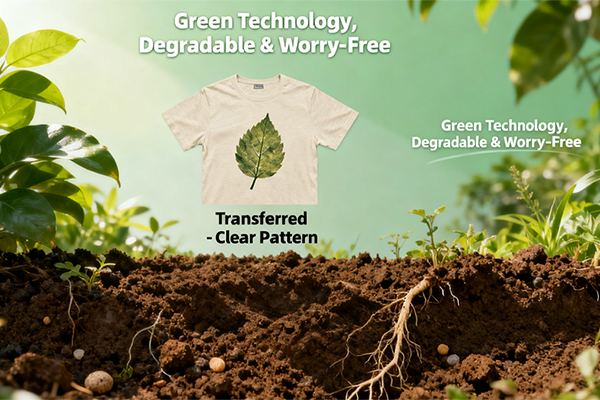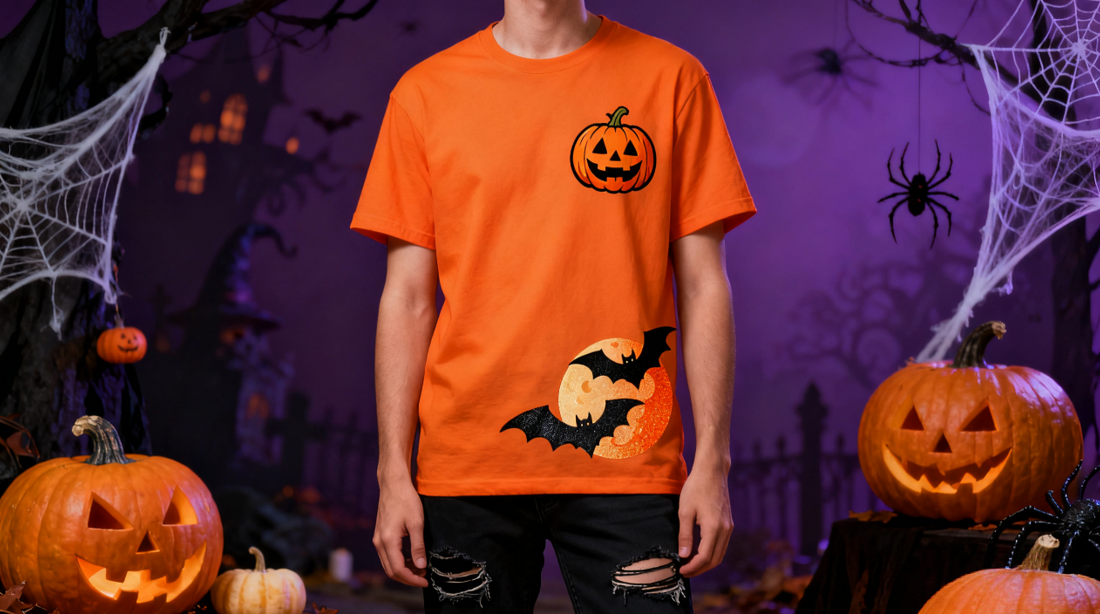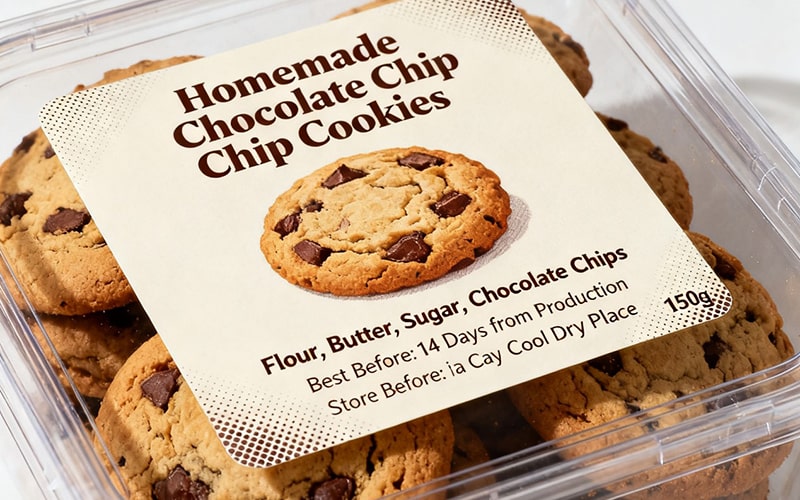What are the advantages of BOPP film
Third, BOPP film offers great versatility and safe...
MoreBiodegradable BOPP film is increasingly utilized across multiple industries due to its eco-friendly properties and functional versatility. Derived from renewable resources like corn starch or polylactic acid (PLA), this film decomposes naturally under specific conditions, reducing plastic waste. Key sectors adopting it include food packaging, labels, textiles, and agriculture. For instance, in food packaging, it serves as a barrier against moisture and contaminants while ensuring compliance with sustainability regulations. Brands like Nestlé and Unilever have integrated biodegradable BOPP into their product wrappings to meet corporate environmental goals. The global shift toward circular economies, supported by policies such as the EU’s Single-Use Plastics Directive, further accelerates its adoption. By replacing conventional BOPP—which can persist in landfills for centuries—biodegradable variants minimize ecological footprints without compromising durability or printability.
The advantages of biodegradable BOPP film extend beyond environmental benefits to include technical and economic gains. Studies indicate that biodegradable BOPP films exhibit tensile strengths of 20–30 MPa, comparable to traditional BOPP, while maintaining elongation rates of 300–500%. This ensures reliability in high-speed packaging processes. Additionally, they offer excellent optical clarity (haze values below 3%) and barrier properties, with water vapor transmission rates (WVTR) as low as 5–10 g/m²/day. Brands report reduced carbon emissions; for example, a 2022 LCA study by Sphera found that switching to biodegradable BOPP in snack packaging cut greenhouse gas emissions by 30% compared to petroleum-based films. Economically, the biodegradable BOPP market is projected to grow at a CAGR of 8.5% from 2023 to 2030, reaching $2.1 billion, driven by consumer demand and regulatory incentives. Companies like Futamura and Taghleef Industries lead production, offering certified compostable grades that meet ASTM D6400 standards.
Despite its promise, biodegradable BOPP film faces challenges related to scalability and disposal infrastructure. Industrial composting facilities, essential for proper decomposition, are scarce in regions like Southeast Asia and Africa, limiting effective end-of-life management. Moreover, biodegradation requires specific conditions—such as temperatures of 50–60°C and microbial activity—which are unattainable in natural environments. Mislabeling or "greenwashing" risks also persist; a 2023 Greenpeace audit revealed that 60% of products marketed as "biodegradable" failed to disintegrate within claimed timelines. To address this, certifications like TÜV Austria’s "OK Compost" ensure authenticity. Research is ongoing to enhance performance, such as blending BOPP with polyhydroxyalkanoates (PHAs) to improve marine biodegradability. Collaborative initiatives, such as the Ellen MacArthur Foundation’s New Plastics Economy, advocate for standardized testing and labeling to bolster consumer trust.
The future of biodegradable BOPP film hinges on innovation and regulatory alignment. Emerging technologies, including nano-cellulose reinforcements and enzyme-assisted degradation, aim to overcome current limitations. For instance, a 2024 study in *Nature* demonstrated that adding 5% cellulose nanocrystals increased biodegradation rates by 40% in aquatic environments. Governments are also reinforcing adoption through extended producer responsibility (EPR) laws, such as California’s SB 54, which mandates a 25% reduction in plastic packaging by 2032. Market analysts note that Asia-Pacific dominates production, accounting for 50% of global output, with countries like India and China investing in bio-based material R&D. As circular economy models gain traction, biodegradable BOPP films are poised to redefine sustainable packaging, aligning brand objectives with planetary health. Industry stakeholders must prioritize transparency and infrastructure development to maximize impact.
Select the most popular foreign trade service products to meet your diverse needs
Learn more about the dynamics and professional knowledge of the foreign trade industry

Third, BOPP film offers great versatility and safe...
More
In the dynamic world of custom apparel printing, b...
More
If you’re new to garment printing, using DTF film ...
More
Make your Halloween tees shine with SAILLAGE’s DTF...
More
Get ahead of the holiday rush with this actionable...
More
Flexo printing uses flexible plates to create high...
MoreSelect the most popular foreign trade service products to meet your diverse needs
Explore more content related to foreign trade services

Tel: +86 17706217416
Add: Building L2A, No. 520, Lane 1588, Zhuguang Road, Hongqiao World Center, Qingpu District, Shanghai, China
User Comments
Service Experience Sharing from Real Customers
James Wilson
Packaging EngineerThis biodegradable BOPP film exceeded our sustainability goals without compromising on clarity or machinability. The transition from conventional film was seamless.
Sarah Chen
Product ManagerExcellent eco-friendly alternative that maintains good tensile strength. Our customers appreciate the compostable certification. Minor adjustment needed for our printing process.
Michael Rodriguez
Sustainability OfficerFinally found a biodegradable film that actually breaks down in industrial composting facilities. The moisture barrier properties are impressive for an eco-friendly material.
Emily Patterson
Operations DirectorConsistent quality across multiple batches. The film runs smoothly on our high-speed packaging lines and provides adequate protection for our organic snack products.